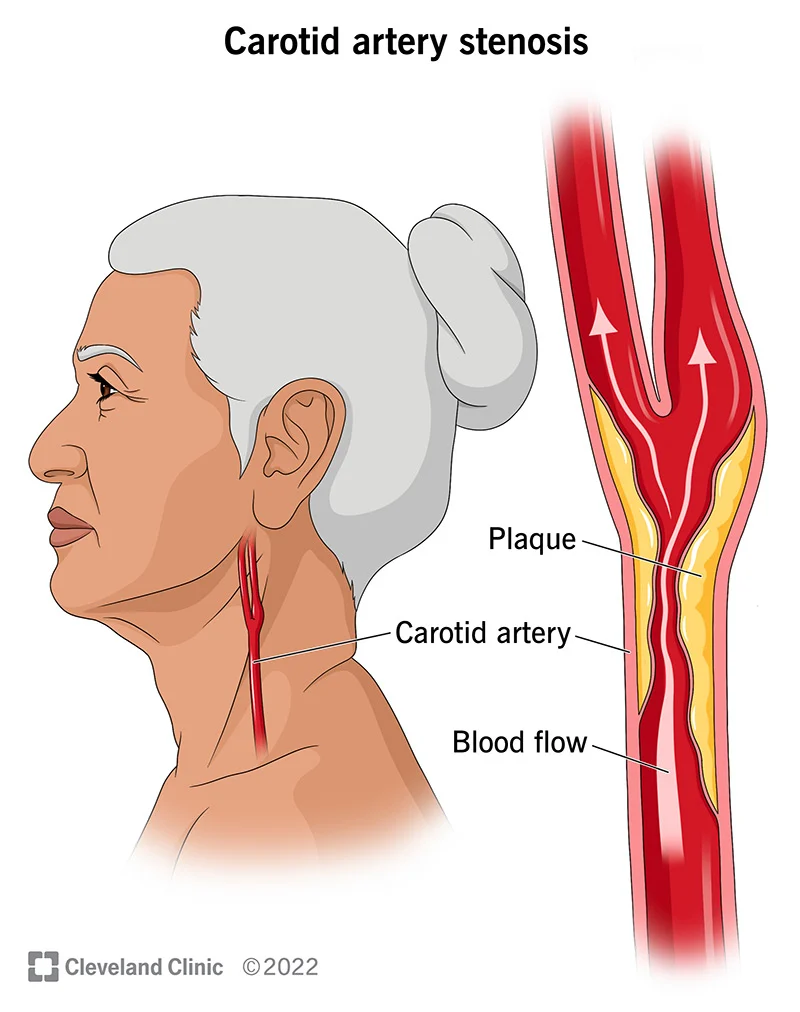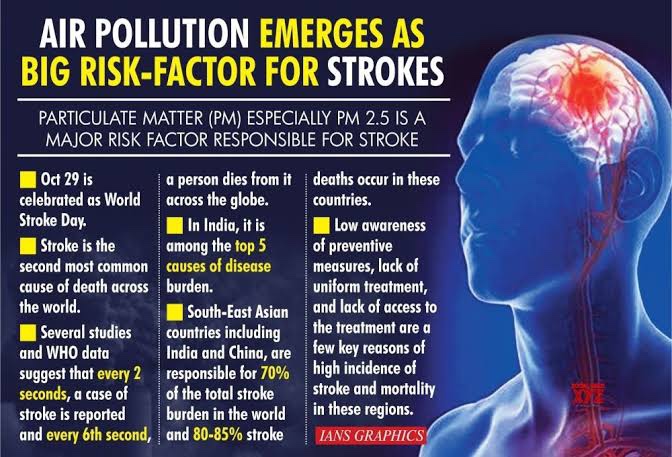Extracranial carotid artery disease (ECAD) in MENA region
The incidence of extracranial carotid artery disease (ECAD) in the Middle East and North Africa (MENA) region is thought to be relatively high. Studies have found that the prevalence of ECAD in the MENA region ranges from 5-20%. Factors that contribute to the high incidence of ECAD in the MENA region include increasing age, hypertension, smoking, diabetes, and hyperlipidemia. Additionally, there is a high prevalence of genetic predisposition in the MENA region, which is thought to be a major risk factor for the development of ECAD. Studies also suggest that low awareness and delayed diagnosis of the disease in the MENA region may also contribute to the high incidence.
Extra cranial atherosclerotic disease refers to the development of atherosclerosis, a condition characterized by the buildup of plaque in the arteries, outside of the brain. This can occur in various arteries throughout the body, such as the carotid arteries, coronary arteries, and peripheral arteries. The incidence and prevalence of extra cranial atherosclerotic disease can vary depending on several factors, including age, sex, lifestyle, and underlying risk factors. Here is some information on the incidence and prevalence of specific conditions related to extra cranial atherosclerotic disease:
- Carotid Artery Disease: Carotid artery disease involves the narrowing or blockage of the carotid arteries, which supply blood to the brain. It is a common form of extra cranial atherosclerotic disease. The incidence and prevalence of carotid artery disease are influenced by age and risk factors such as smoking, high blood pressure, diabetes, and high cholesterol levels. The incidence tends to increase with age, particularly in individuals over 50 years old.
- Coronary Artery Disease: Coronary artery disease affects the arteries that supply blood to the heart muscle. It is a leading cause of heart attacks and is strongly associated with atherosclerosis. The incidence and prevalence of coronary artery disease vary globally and are influenced by factors such as lifestyle, diet, smoking, and genetic predisposition. The incidence tends to increase with age and is more common in men compared to women, although the risk in women increases after menopause.
- Peripheral Artery Disease: Peripheral artery disease (PAD) refers to the narrowing or blockage of the arteries outside of the heart and brain, most commonly affecting the arteries in the legs. PAD is also closely related to atherosclerosis. The incidence and prevalence of PAD increase with age and are influenced by risk factors such as smoking, diabetes, high blood pressure, and high cholesterol levels. It is estimated that PAD affects around 200 million people worldwide.
It’s important to note that the incidence and prevalence of extra cranial atherosclerotic disease can vary significantly between countries and populations. Data on specific incidence and prevalence rates may be limited or vary based on available studies and regional differences in risk factors. It is recommended to refer to local epidemiological data or consult with healthcare professionals or organizations for more precise information on the incidence and prevalence of extra cranial atherosclerotic disease in a particular region or population.


